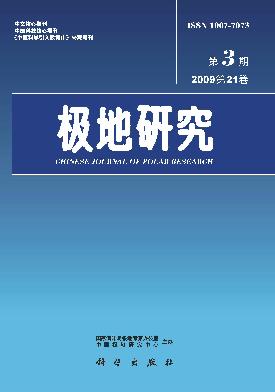Arctic Circumpolar Boundary Current (ACBC) is a newly revealed ocean phenomenon, which explains the flow route of Atlantic water in the Arctic Ocean and is a circulation around earth rotation axis. It is also a new concept on Arctic Ocean circulation concluded by past research results. In this paper, main route of ACBC and water masses structure in different regions in Arctic Ocean are reported according to the past research results. It seems that there is more knowledge about ACBC in Norwegian Sea, Barents Sea, and Fram Strait. Most part of the current is kept less understanding. The main scientific issues for ACBC are also proposed and discussed in this paper, which exhibit the prospect and significance of ACBC studies in Arctic changing processes. To consider ACBC as a whole system is quite important in understanding the basin scale circulation in Arctic Ocean, which will results in the studies in mass and energy balance, ventilation in deep water, and mixing between water masses. ACBC set up connection among varies ocean phenomena and physical processes. It is addressed that more in situ observations for ACBC are necessary, such as CTD and LADCP casts, moorings and samplings. As there is strong mixing during the flowing and the water mass occurs obvious change, multidisciplinary studies are needed to discover the details of ACBC, i.e. isotope tracer , chemical characteristics, and sediment analysis. Numeric modeling will still be an important tool in ACBC study. Present models need to be improved with more attention to the vertical sinking and higher resolution to better understand ACBC.

